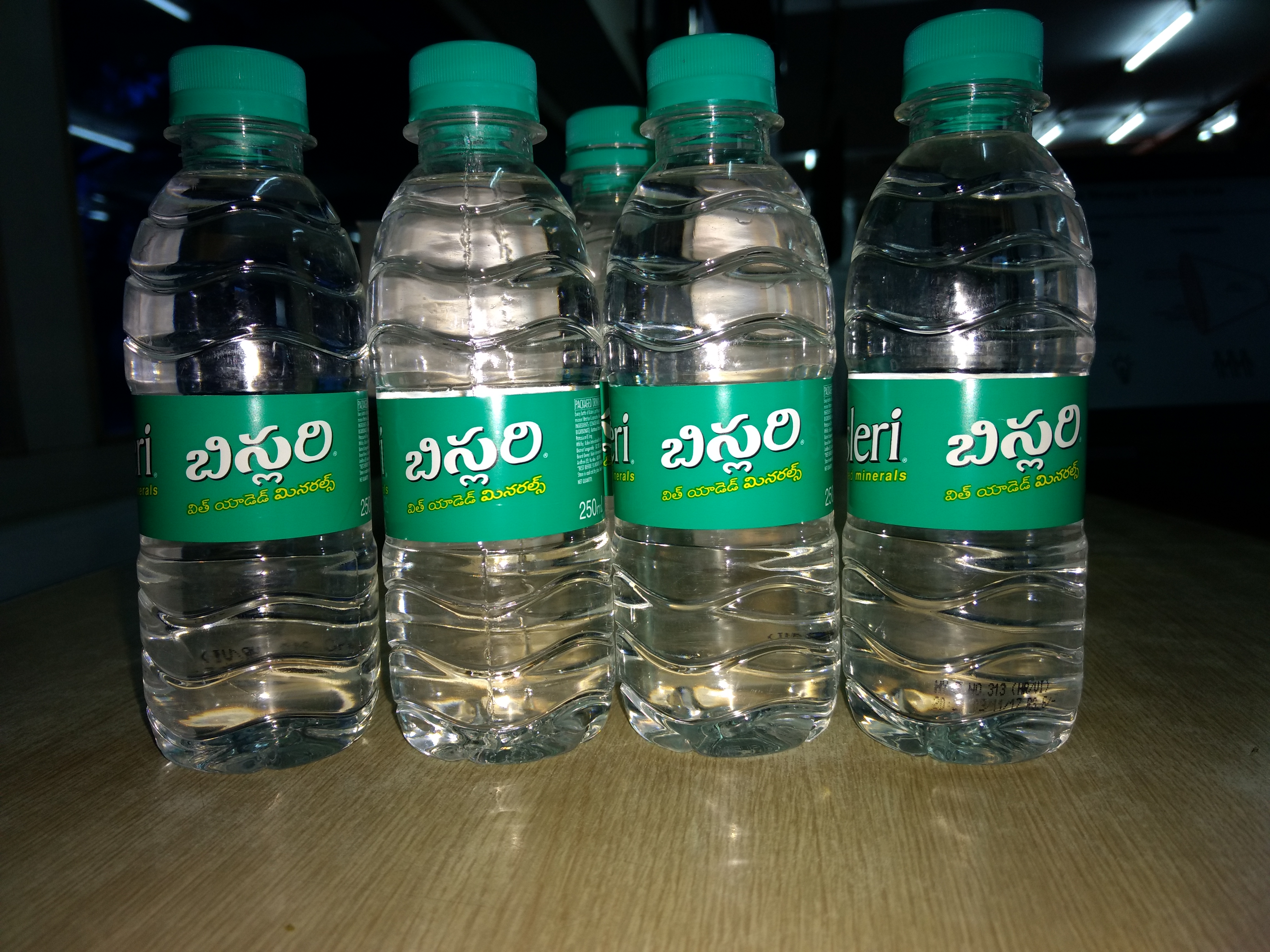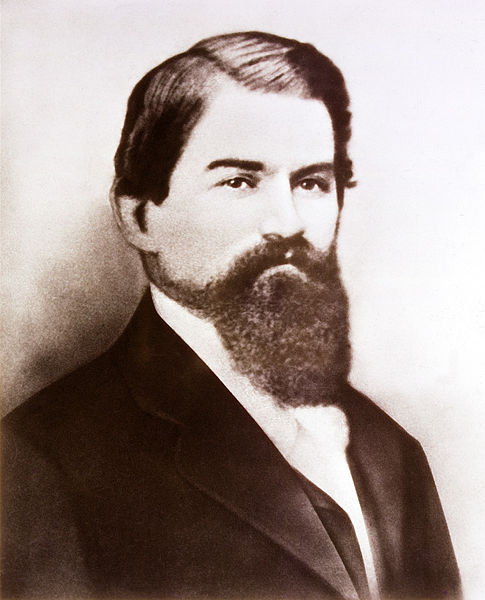|
Economic Reforms In India
The economic liberalisation in India refers to the series of policy changes aimed at opening up the country's economy to the world, with the objective of making it more market-oriented and consumption-driven. The goal was to expand the role of private and foreign investment, which was seen as a means of achieving economic growth and development. Although some attempts at liberalisation were made in 1966 and the early 1980s, a more thorough liberalisation was initiated in 1991. The liberalisation process was prompted by a balance of payments crisis that had led to a severe recession, dissolution of the Soviet Union leaving the United States as the sole superpower, and the sharp rise in oil prices caused by the Gulf War of 1990–91. India's foreign exchange reserves fell to dangerously low levels, covering less than three weeks of imports. The country had to airlift gold to secure emergency loans. Trade disruptions with the USSR and a decline in remittances from Gulf countries ... [...More Info...] [...Related Items...] OR: [Wikipedia] [Google] [Baidu] |
State Intervention
A market intervention is a policy or measure that modifies or interferes with a market, typically done in the form of state action, but also by philanthropic and political-action groups. Market interventions can be done for a number of reasons, including as an attempt to correct market failures, or more broadly to promote public interests or protect the interests of specific groups. Economic interventions can be aimed at a variety of political or economic objectives, including but not limited to promoting economic growth, increasing employment, raising wages, raising or reducing prices, reducing income inequality, managing the money supply and interest rates, or increasing profits. A wide variety of tools can be used to achieve these aims, such as taxes or fines, state owned enterprises, subsidies, or regulations such as price floors and price ceilings. Basic forms Price floor and ceiling file:European Wheat Prices - A Price Floor Example.jpg, alt=a supply-dem ... [...More Info...] [...Related Items...] OR: [Wikipedia] [Google] [Baidu] |
LIC Zonal Office
LIC is a three-letter abbreviation that may refer to: * Hlai language (an ISO639-3 code: lic) * Laudetur Iesus Christus, a Roman Catholic greeting * Abbreviation for license * Licentiate, a degree * Life Insurance Corporation, an Indian government-owned corporation * ''LIC'' or ''Love Insurance Corporation'', working title for the Indian film '' Love Insurance Kompany'' * Ligand-gated ion channel Ligand-gated ion channels (LICs, LGIC), also commonly referred to as ionotropic receptors, are a group of transmembrane ion-channel proteins which open to allow ions such as sodium, Na+, potassium, K+, calcium, Ca2+, and/or chloride, Cl− to ..., a family of proteins * Ligation-independent cloning, a form of molecular cloning * Line integral convolution, a technique to visualize fluid motion * Linear integrated circuit * Listed investment company, the Australian term for "closed-end fund" * Lithium-ion capacitor * Livestock Improvement Corporation, a multinational dairy farming t ... [...More Info...] [...Related Items...] OR: [Wikipedia] [Google] [Baidu] |
WAP-1 Locomotive At Delhi
The Indian locomotive class WAP-1 was a class of 25 kV AC electric locomotives that was developed in 1980 by Chittaranjan Locomotive Works for Indian Railways. The model name stands for broad gauge (W), AC Current (A), Passenger traffic (P) locomotive, 1st generation (1). They entered service in late 1981. A total of 65 WAP-1 were built at CLW between 1980 and 1996, which made them the most numerous class of mainline electric passenger locomotive until its successor, the WAP-4. The WAP-1 was India's first dedicated electric passenger locomotive of Indian Railways, and has provided the basic design for a number of other locomotives like WAP-3 and WAP-4 models. However, with the advent of new 3-phase locomotives like WAP-5 and WAP-7, the WAP-1 locomotives were relegated to hauling smaller express and passenger trains and now the aging fleet the WAP-1 locomotives are being slowly withdrawn from mainline duties and scrapped. Development Background In the early 1980s, Indian R ... [...More Info...] [...Related Items...] OR: [Wikipedia] [Google] [Baidu] |
Export Subsidy
Export subsidy is a government policy to encourage export of goods and discourage sale of goods on the domestic Market (economics), market through direct payments, low-cost loans, tax relief for exporters, or government-financed international advertising. An export subsidy reduces the price paid by foreign importers, which means Domestic market, domestic consumers pay more than foreign consumers. The World Trade Organization (WTO) prohibits most subsidies directly linked to the volume of exports, except for Least Developed Countries, LDCs. Incentives are given by the government of a country to exporters to encourage export of goods. Export subsidies are also generated when internal price supports, as in a guaranteed minimum price for a commodity, create more production than can be consumed internally in the country. (These price supports are often coupled with import tariffs, which keeps the domestic price high by discouraging or taxing imports on the difference between the world p ... [...More Info...] [...Related Items...] OR: [Wikipedia] [Google] [Baidu] |
Devaluation
In macroeconomics and modern monetary policy, a devaluation is an official lowering of the value of a country's currency within a fixed exchange-rate system, in which a monetary authority formally sets a lower exchange rate of the national currency in relation to a foreign reference currency or currency basket. The opposite of devaluation, a change in the exchange rate making the domestic currency more expensive, is called a '' revaluation''. A monetary authority (e.g., a central bank) maintains a fixed value of its currency by being ready to buy or sell foreign currency with the domestic currency at a stated rate; a devaluation is an indication that the monetary authority will buy and sell foreign currency at a lower rate. However, under a floating exchange rate system (in which exchange rates are determined by market forces acting on the foreign exchange market, and not by government or central bank policy actions), a decrease in a currency's value relative to other major cur ... [...More Info...] [...Related Items...] OR: [Wikipedia] [Google] [Baidu] |
Indian Rupee
The Indian rupee (symbol: ₹; code: INR) is the official currency of India. The rupee is subdivided into 100 '' paise'' (Hindi plural; singular: ''paisa''). The issuance of the currency is controlled by the Reserve Bank of India. The Reserve Bank derives this role from powers vested to it by the Reserve Bank of India Act, 1934. Etymology Pāṇini (6th to 4th century BCE), the ancient Indian grammarian and logician, writes of the (). While it is unclear whether Panini was referring specifically to coinage, some scholars conclude that he uses the term ''rūpa'' to mean a piece of precious metal (typically silver) used as a coin, and a ''rūpya'' to mean a stamped piece of metal, a coin in the modern sense. The ''Arthashastra'', written by Chanakya, prime minister to the first Maurya emperor Chandragupta Maurya (), mentions silver coins as . Other types of coins, including gold coins (), copper coins (), and lead coins (), are also mentioned. The immediate precursor to t ... [...More Info...] [...Related Items...] OR: [Wikipedia] [Google] [Baidu] |
Sino-Indian War
The Sino–Indian War, also known as the China–India War or the Indo–China War, was an armed conflict between China and India that took place from October to November 1962. It was a military escalation of the Sino–Indian border dispute. Fighting occurred along India's border with China, in India's North-East Frontier Agency east of Bhutan, and in Aksai Chin west of Nepal. There had been a series of border skirmishes between the two countries after the 1959 Tibetan uprising, when India granted asylum to the Dalai Lama. Chinese military action grew increasingly aggressive after India rejected proposed Chinese diplomatic settlements throughout 1960–1962, with China resuming previously banned "forward patrols" in Ladakh after 30 April 1962. Amidst the Cuban Missile Crisis, seeing that the U.S. was pre-occupied with dealing with it, China abandoned all attempts towards a peaceful resolution on 20 October 1962,''Webster's Encyclopedic Unabridged Dictionary of the English ... [...More Info...] [...Related Items...] OR: [Wikipedia] [Google] [Baidu] |
Economy Of India
The economy of India is a Developing country, developing mixed economy with a notable public sector in strategic sectors. * * * * It is the world's fourth-largest economy by gross domestic product, nominal GDP and the third-largest by purchasing power parity (PPP); on a per capita income basis, India ranked List of countries by GDP (nominal) per capita, 136th by GDP (nominal) and List of countries by GDP per capita (PPP), 119th by GDP (PPP). From Independence of India, independence in 1947 until 1991, successive governments followed the Economy of the Soviet Union, Soviet model and promoted Protectionism, protectionist economic policies, with extensive Sovietization, state intervention, demand-side economics, natural resources, bureaucrat-driven enterprises and economic regulation. This is characterised as dirigism, in the form of the Licence Raj. The end of the Cold War and an acute 1991 Indian economic crisis, balance of payments crisis in 1991 led to the adoption of a broa ... [...More Info...] [...Related Items...] OR: [Wikipedia] [Google] [Baidu] |
Bisleri
Bisleri International (formerly Parle Exports and Parle Bisleri) is an Indian multinational company which is best known for the eponymous brand of bottled water. The company was started in the 1970s by Ramesh Chauhan, and sells bottled water and soft drinks. Bisleri conducts most of its business in India, with 150 operational plants and a network of 6,000 distributors and 7,500 distribution trucks. Bisleri also sells its products through its own e-commerce platform and other online retailers. History Background In 1966, Italian doctor Cesari Rossi and Indian businessman Khushroo Suntook introduced Bisleri bottled water in India by setting up a factory in Thane. It was named after an Italian alcohol remedy drink created by 19th century inventor Felice Bisleri. Bisleri was initially sold only in luxury hotels and restaurants in Mumbai in glass bottles in two varieties – bubbly and still. In 1969, the Jayantilal Chauhan family of Parle Group acquired the struggling Bisleri ... [...More Info...] [...Related Items...] OR: [Wikipedia] [Google] [Baidu] |
Campa Cola
Campa Cola is a soft drink brand in India. It was a market leader in the Indian soft drink market in the 1970s and 1980s in most regions of India until the advent of the foreign players Pepsi and Coca-Cola after the liberalisation policy of the P. V. Narasimha Rao government in 1991. History Campa Cola was a drink created by the Pure Drinks Group, owned by Mohan Singh in the 1970s. Pure Drinks Group were the pioneer in the Indian soft drink industry when they introduced Coca-Cola into India in 1949 and were the sole manufacturer and distributor of Coca-Cola till the 1970s when the drink industry was nationalised for Indian interests. The Pure Drinks Group and Campa Beverages Pvt. Ltd. virtually dominated the entire Indian soft drink industry for about 15 years. Then they started Campa Cola during the absence of foreign competition. The brand's slogan was "The Great Indian Taste", an appeal to nationalism. It subsequently marketed an orange flavoured drink called 'Campa Orang ... [...More Info...] [...Related Items...] OR: [Wikipedia] [Google] [Baidu] |
Coca-Cola
Coca-Cola, or Coke, is a cola soft drink manufactured by the Coca-Cola Company. In 2013, Coke products were sold in over 200 countries and territories worldwide, with consumers drinking more than 1.8 billion company beverage servings each day. Coca-Cola ranked No. 94 in the 2024 Fortune 500, ''Fortune'' 500 list of the List of largest companies in the United States by revenue, largest United States corporations by revenue. Based on Interbrand's "best global brand" study of 2023, Coca-Cola was the world's List of most valuable brands, sixth most valuable brand. Originally marketed as a temperance bar, temperance drink and intended as a patent medicine, Coca-Cola was invented in the late 19th century by John Stith Pemberton in Atlanta, Georgia. In 1888, Pemberton sold the ownership rights to Asa Griggs Candler, a businessman, whose marketing tactics led Coca-Cola to its dominance of the global soft-drink market throughout the 20th and 21st centuries. The name refers to t ... [...More Info...] [...Related Items...] OR: [Wikipedia] [Google] [Baidu] |





